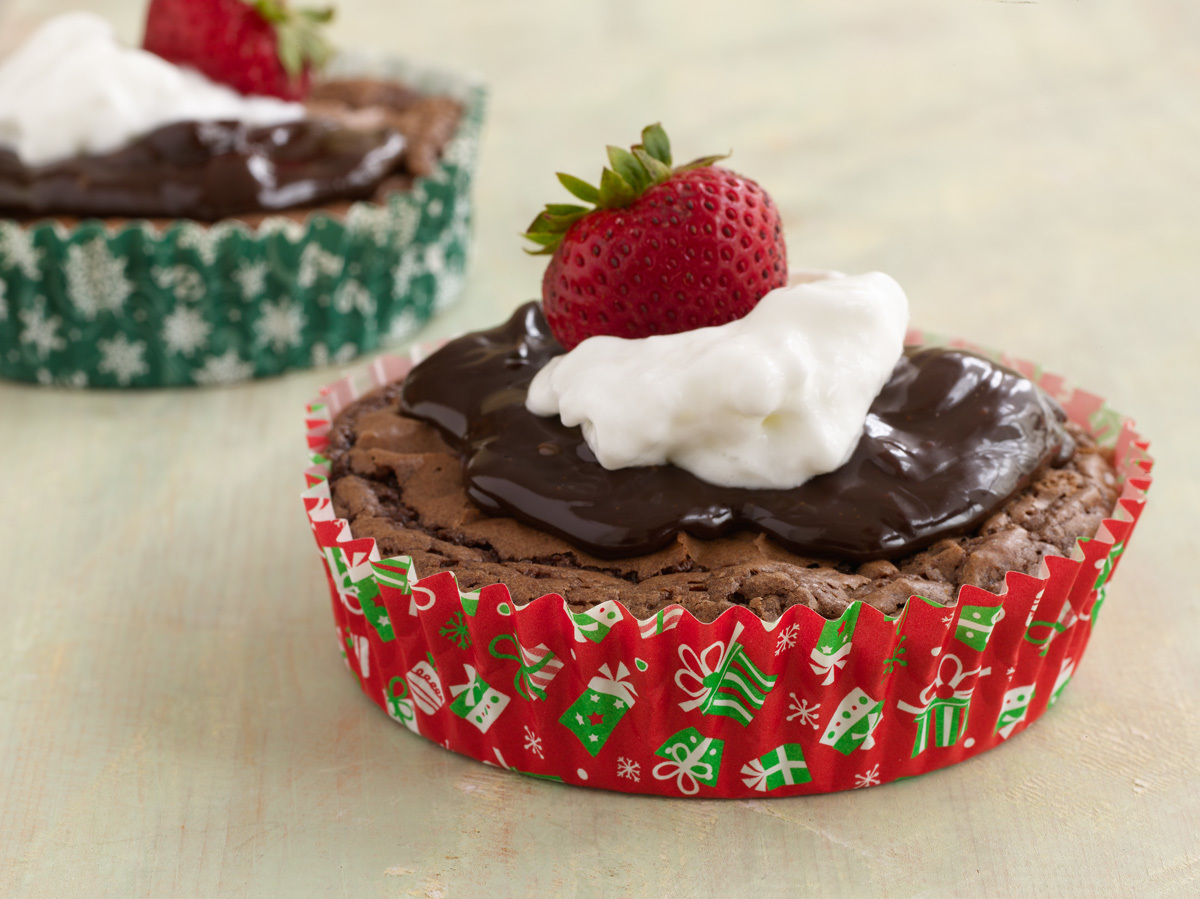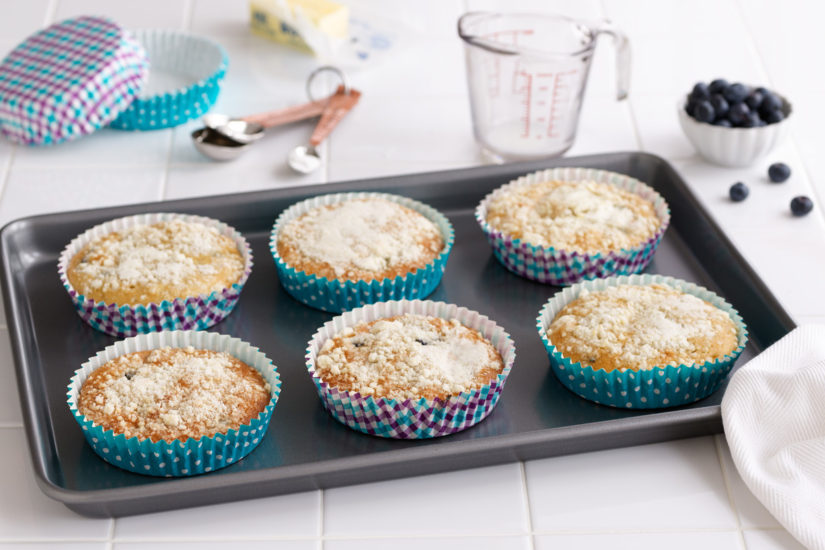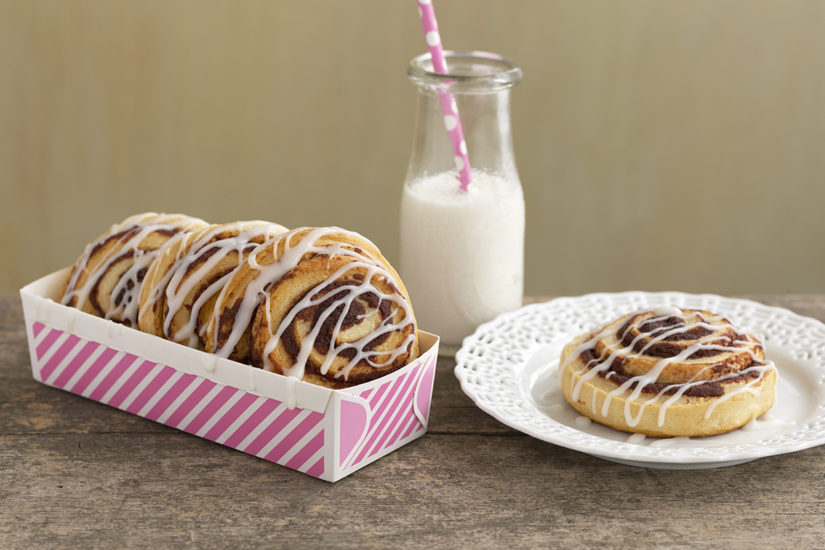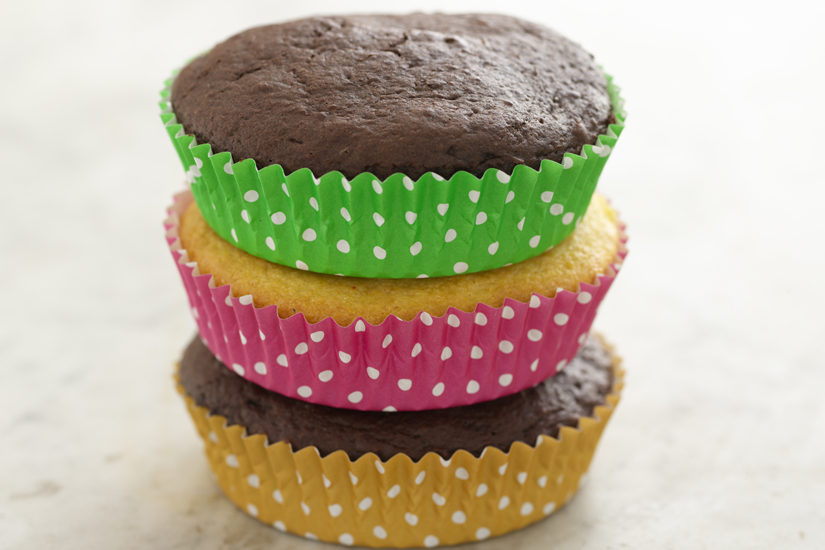As a connoisseur of baked goods, you may not give a lot of conscious thought to texture, density and consistency. Still, you can appreciate a moist chocolate brownie, an airy angel food cake or a dense cheesecake.
As a baker, you may or may not know how to achieve those sought-after textures. So here is a variety of tips to help with the science of baking, which is so essential to its success.
Avoid dense cakes. There are a variety of reasons that your cake comes out too dense, including everything from too much of an ingredient to how long you beat the batter to altitude and humidity. To avoid density, follow the recipe to a T and make sure you use the appropriate measuring tools (i.e., dry measures to measure dry ingredients). Use the proper raising agent and make sure it’s fresh. Finally, make sure your oven is hot enough, as a cake that bakes too slowly could fall and thus have a dense texture.
Experiment With Textures. If you’re willing to experiment with the finished product, disregard our previous advice about following the recipe to a T. Substitute different ingredients to achieve different textures and densities. Try sour cream in lieu of milk, add cream cheese or an additional egg, toss in some nuts, fill with fruit, spike with a splash of alcohol or come up with your own concoction.
Do some light reading. Pick up a copy of Peter Barham’s book, “The Science of Cooking,” if you’re interested in the chemical processes at work in baking and food preparation. Understanding why some recipes result in an unappealing texture or consistency can illuminate the changes you should make as you bake.




